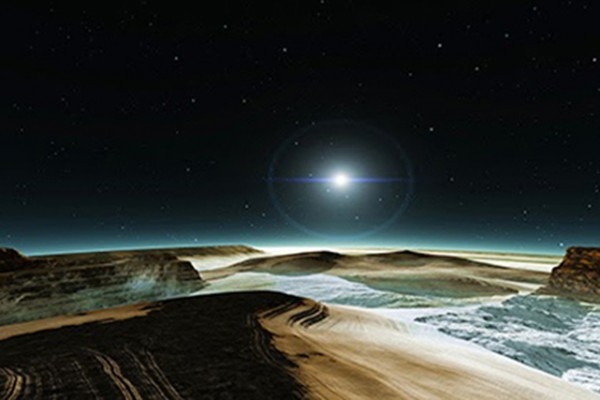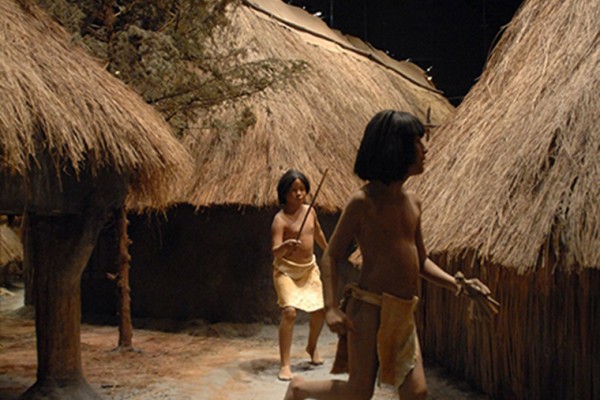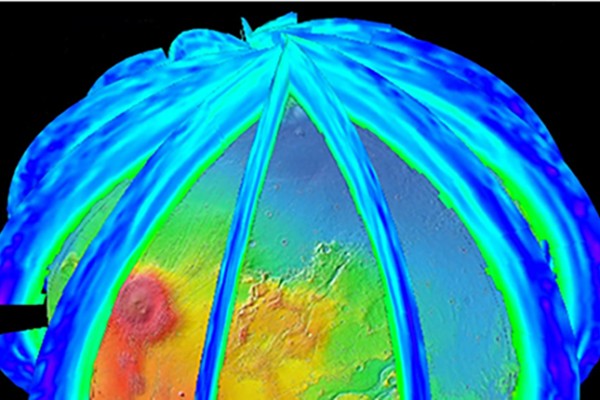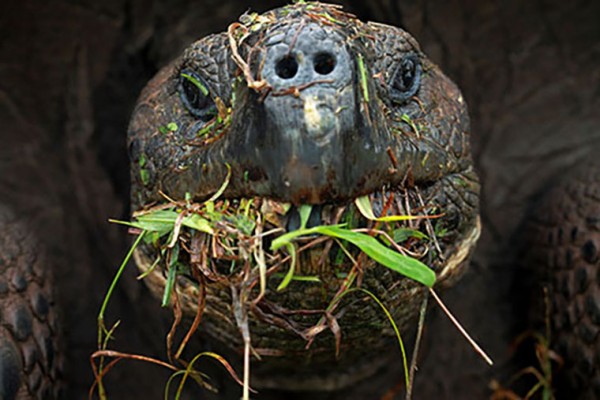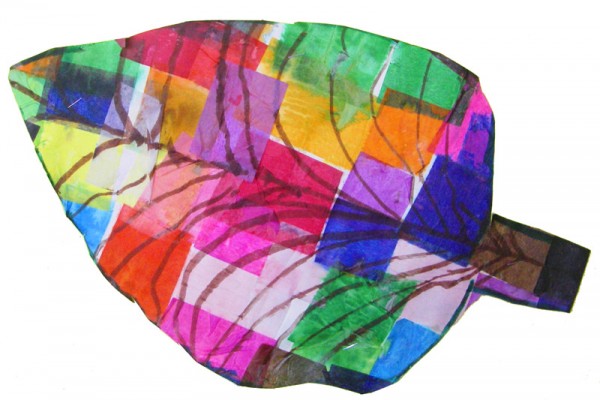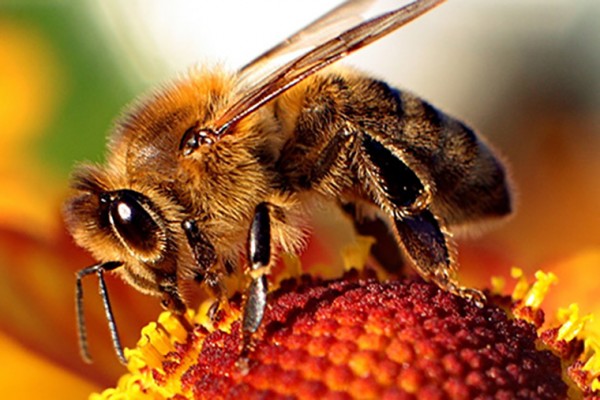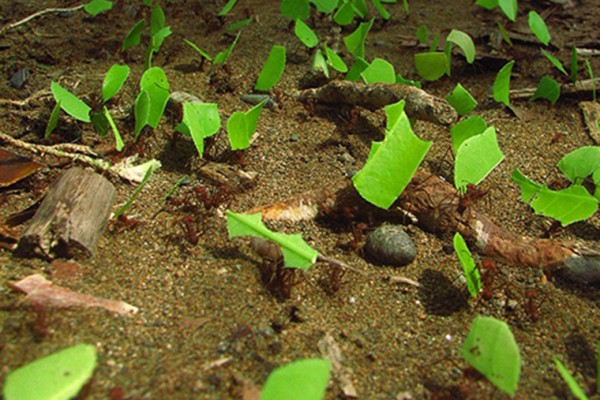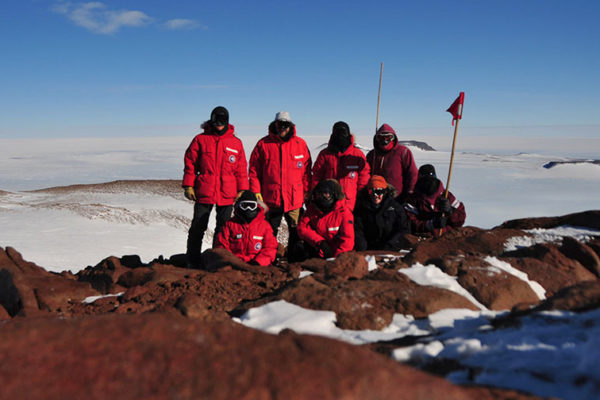Coming soon: First encounter with a new class of worlds
After an epic journey across the breadth of the solar system, the New
Horizons spacecraft is finally nearing its destination: the Pluto system, a staggering three billion miles from Earth. William McKinnon, a planetary scientist at Washington University in St. Louis, explains that our understanding of Pluto has been transformed in the nearly 10 years the probe has been en route to its target.
As the river rises: Cahokia’s emergence and decline linked to Mississippi River flooding
Sediment cores from two lakes in the Mississippi floodplain show that Cahokia, the largest prehistoric settlement in the Americas north of Mexico, emerged during a period when there were few severe floods on the river and that its decline and abandonment coincided with the return of large floods.
Research as art
An inaugural exhibit of images by scientists, titled “Research as Art,” held April 3, included eerie landscapes created by vortices in superfluids, smeared false-color data from satellite-borne instruments, three-dimensional images of grains that exploded out of supernovas and many more enigmatic and colorful images.
Climate change on Mars topic of 2015 McDonnell Distinguished Lecture
Roger J. Phillips, PhD, a scientist at the Southwest
Research Institute in Boulder, Colo., and director emeritus of the
McDonnell Center for the Space Sciences, will deliver the McDonnell
Distinguished Lecture on Wednesday, April 15, at Washington University
in St. Louis. The lecture, titled “No Denying Climate Change on Mars,” will begin at 7 p.m. in Room 100 of Whitaker Hall.
Endangered tortoises thrive on invasive plants
Introduced plants make up roughly half the diet of two subspecies of
endangered tortoise, field research in the Galapagos reveals. Tortoises seem to prefer non-native to native plants and the plants may help them to stay well-nourished during the dry season.
Pick a color, any color
A small team of chemists, having learned the secrets of light absorption from chlorophylls a and b, can now tune molecules to absorb anywhere in the solar spectrum. They are using this facility to synthesize pigments that fill gaps in the sunlight absorbed by native pigments and to push deeper into the infrared than any native pigment.
Manganese speeds up honey bees
The industrial metal manganese, once scarce, is now ubiquitous in our environment. New work suggests that it addles honey bees, which often act as sentinel species for environmental contaminants, even at levels considered safe for humans.
Is blood really thicker than water?
The outcome of a duel between mathematical models supports the reigning theory of the genetics of altruism. Called inclusive fitness, it says altruism is competitive if it benefits relatives carrying the same gene as the selfless individual. Attacked by a Nature article published in 2010, it is defended by Washington University evolutionary biologist David Queller.
A feat of four-dimensional imagination
There are five regular polytopes (Platonic solids) in three-dimensional space and six in four-dimensional space. Only their projections can be built in our dimension-deficient world and that requires an act of imagination. Ivan Horozov, PhD, the Chauvenet Lecturer in Mathematics, is building the two most complex figures in this office in his spare time.
Hunting for meteorites
Every austral summer, a group of volunteers heads off to a remote region
of Antarctica to set up a field camp on the ice. For the next month, they search the ice and nearby glacial moraines for dark rocks that might be extraterrestrial in origin. Research scientist Christine Floss describes this year’s trip, which included a record-setting day.
View More Stories
